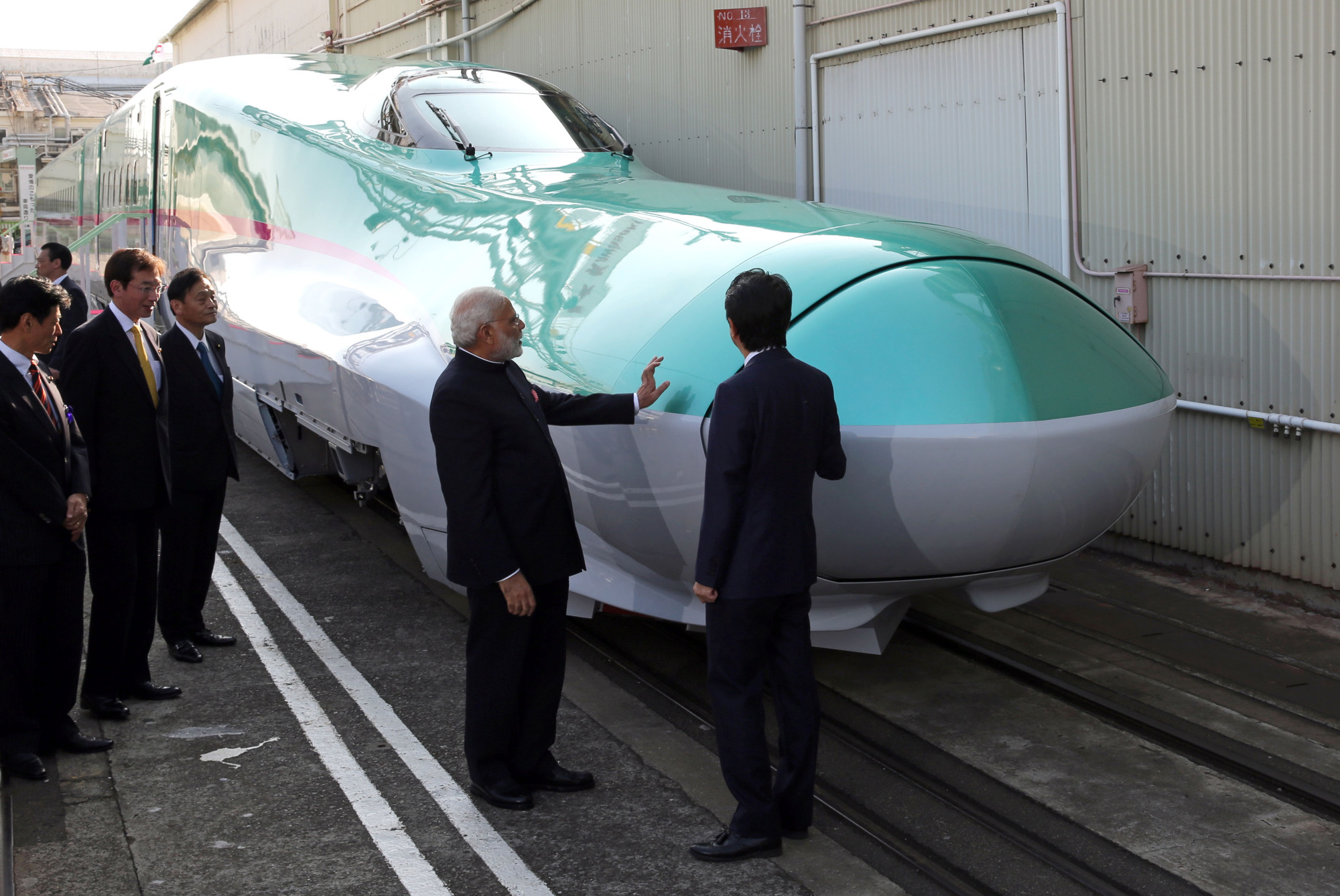Indian Prime Minister Narendra Modi arrives in Tokyo on Sunday for a summit meeting with his Japanese counterpart, Shinzo Abe. This is Modi's third visit to Japan as India's leader. Abe, for his part, visited India in 2014, 2015 and 2017 as part of a growing engagement between the two countries. Among the visible outcomes of the increasing cooperation between the two countries is a small start to collaboration in defense. Next month, for the first time ever, the Indian Army and the Ground Self-Defense Force will conduct a joint exercise, taking part in drills in Vairangte, northeast India.
There are natural congruencies that have brought the two countries closer, but aspirations of continuing growth in ties will have to overcome two kinds of obstacles sooner or later. First, there are the devils in the details, such as the issue of land acquisition that has held up the $17 billion bullet train project between Mumbai and Ahmedabad in India. Second, there is the gorilla in the room, which I will come to later.
India's northeast has of late been the focus of a lot of attention from Japan. This part of the country is relatively underdeveloped and surrounded by foreign countries. In fact, only 2 percent of its land mass borders with the rest of India. The remaining 98 percent borders the Tibet Autonomous Region of China, Bhutan, Bangladesh and Myanmar.



